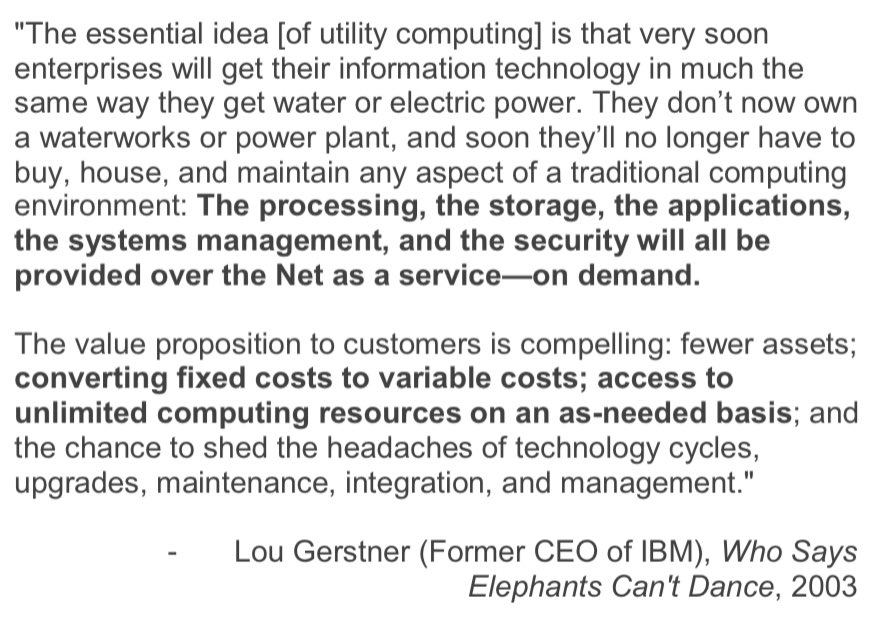HP launched its Flexible Computing Service in Nov 2005
Sun Grid went into beta in 2004
IBM launched "Linux Virtual Services" in 2002!
But AWS is the only one anybody remembers
I was at Amzn in 2000 when the internet bubble popped. Capital markets dried up & we were burning $1B/yr. Our biggest expense was datacenter -> expensive Sun servers. We spent a year ripping out Sun & replacing with HP/Linux, which formed the foundation for AWS. The backstory:
— Dan Rose (@DanRose999) January 8, 2021


One thing I've been noticing about responses to today's column is that many people still don't get how strong the forces behind regional divergence are, and how hard to reverse 1/ https://t.co/Ft2aH1NcQt
— Paul Krugman (@paulkrugman) November 20, 2018


